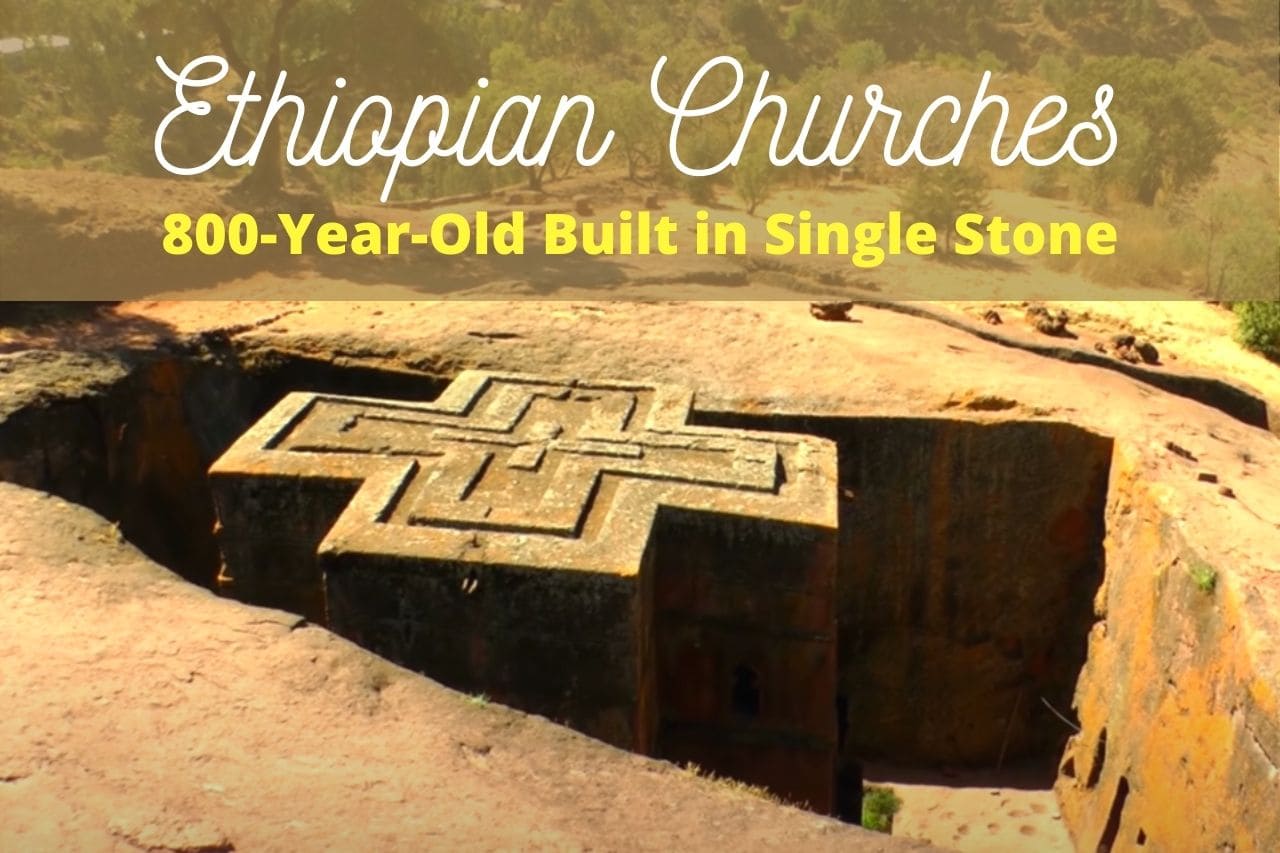
They were probably the first people in the world to mine turquoise.

Even during the cool season, chipping minerals out of the rock was miserable work. Veins (long streaks) of copper, iron, and bronze were hidden inside desert mountains in the hot Sinai Peninsula, east of Egypt. Nubia was the Egyptian name for the area of the upper Nile that had the richest gold mines in Africa. Ancient Egyptians also desired gold for its bright beauty. Later they learned that iron was stronger, and they sought it as well. Egyptians looked for copper as early as 6000 B.C. For example, they wanted copper to make tools and weapons. The Egyptians wanted valuable metals that were not found in the black land. However, the natural resources of the area allowed other economic activities to develop too. They often cooked, ate, and even slept outside. Poorer Egyptians simply went to the roof to cool off after sunset. Some had a pool filled with lotus blossoms and fish. Egyptian nobles had fancier homes with tree-lined courtyards for shade. Wealthy citizens enjoyed bed frames and cushions. Most Egyptians slept on mats covered with linen sheets. Inside, woven reed mats covered the dirt floor. They wove sticks and palm trees to make roofs. Egyptians often painted walls white to reflect the blazing heat.

#Ethiopia building carved from stone flood windows
They placed narrow windows high in the walls to reduce bright sunlight. Egyptian Houses Egyptians built houses using bricks made of mud from the Nile mixed with chopped straw. Egyptians also wove marsh grasses into sandals. Men wore linen wraps around their waists.

Lightweight linen cloth was perfect for hot Egyptian days. They were the first to weave fibers from flax plants into a fabric called linen. Egyptians also grew the materials for their clothes. Fruits included dates, figs, grapes, and watermelons. They grew vegetables such as lettuce, radishes, asparagus, and cucumbers. They were the first to grind wheat into flour and to mix the flour with yeast and water to make dough rise into bread. Egyptian Crops Ancient Egyptians grew a large variety of foods. These innovative, or new, techniques gave them more farmland. Then they used a tool called a shaduf to spread the water across the fields. Working together, they dug irrigation canals that carried river water to dry areas. Agricultural Techniques By about 2400 B.C., farmers used technology to expand their farmland. After the waters drained away, farmers could plant seeds in the fertile soil. When the birds arrived, the annual flood waters would soon follow. Each year, Egyptian farmers watched for white birds called ibises, which flew up from the south. For these reasons, early Egyptians stayed close to home. The Mediterranean coast was swampy and lacked good harbors. Isolation The harsh desert acted as a barrier to keep out enemies. The parts of Egypt not near the Nile were a desert. Most of the region received only an inch of rain a year. The four months of winter were sunny but cooler.

Eight months of the year were sunny and hot. Weather in Egypt was almost always the same. The red land was the barren desert beyond the fertile region. They called this region the black land because of the fertile soil that the floods deposited. Red Land, Black Land The ancient Egyptians lived in narrow bands of land on each side of the Nile. Unlike the Tigris and Euphrates, the Nile River flooded at the same time every year, so farmers could predict when to plant their crops. This soil was fertile, which means it was good for growing crops. The floods deposited rich soil along the Nile’s shores. For centuries, heavy rains in Ethiopia caused the Nile to flood every summer. The river is called the upper Nile in the south and the lower Nile in the north. In the delta, the Nile divides into many streams. A delta is an area near a river’s mouth where the water deposits fine soil called silt. Near the sea the Nile branches into a delta. In the south the Nile churns with cataracts. It begins near the equator in Africa and flows north to the Mediterranean Sea. The Longest River the Nile is 4,160 miles long-the world’s longest river. The Nile River fed Egyptian civilization for hundreds of years. The Greek historian knew what he was talking about.


 0 kommentar(er)
0 kommentar(er)
